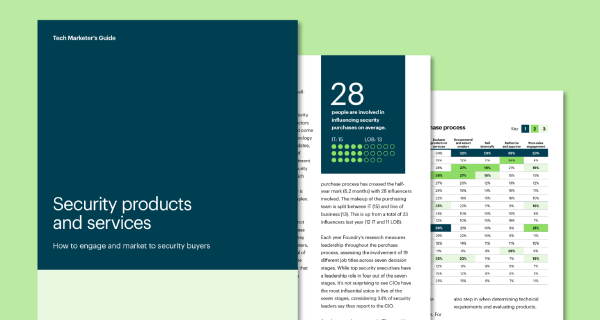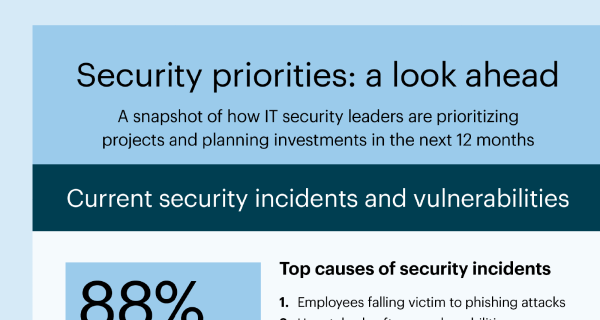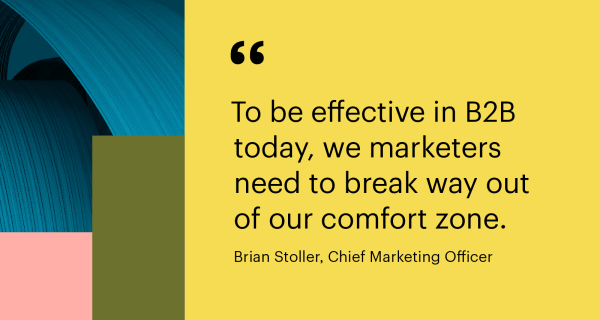In an episode of “Ask an ABM Expert,” Andrew Mahr, introduces the FIRE methodology for account selection and prioritization. Today, we’re going to summarize episode 6 and dive into why FIRE is a great way for marketers to scale their target account strategies and identify hundreds or even thousands of companies that are worth pursuing.
Watch the episode here.
Identifying your account model
How you select accounts for an ABM program really depends on which model of ABM you’re running.
If you’re running a one-to-one strategic program…
In this scenario, you’re going to be looking at your top 10 or 15 accounts, and you’ll probably rely on a combination of which accounts you see the most revenue potential in and how strong your existing sales relationships are there.
If you’re doing a one-to-few program…
In this instance, where the scale is going to be hundreds or maybe thousands of accounts, you can’t work with sales reps to hand-pick every single one. You need to leverage data to narrow down which accounts you should be targeting today. Enter, FIRE.
The FIRE method for account selection and prioritization
FIRE stands for – Fit, Intent, Recency, and Engagement. We see our most successful customers using these four factors to determine which accounts are most ready to talk to sales and which campaigns they’re most likely to engage with.
Fit refers mainly to firmographic fit. For most marketers, this is defined within their ideal customer profile (ICP) and includes company characteristics like size, industry, location, job title etc.
Intent helps filter out which of the accounts with firmographic fit are most interested in your category or solution right now. You can gather purchase intent data by looking at account-level engagement on your own website with ABM vendors and/or third-party intent data from vendors like Foundry Intent. The more they’ve been on your site and researching your topic, the more intense the purchase signals, and more likely they’ll consider your product.
Recency looks at the last point of contact for high-intent accounts. If a prospect has just attended your event or is currently active on your website, then that person is more likely to be in the right headspace to talk about your product or receive a relevant offer. Rather than interrupt another work project or even a family vacation, you’re reaching out when that prospect is actively seeking information about your company. They might even want to hear from you, so they can ask a specific question or learn more about a specific feature. Sales reps love knowing when an account is hot right now.
Engagement shows the overall picture of what the account is interested in, from specific product features to the pain points and challenges they’re currently facing. After narrowing down which accounts fit within your ICP, which accounts are showing the most interest, and which accounts are most ready to engage with sales today, looking at engagement indicates how you should reach out to each account. Segmenting target accounts by the topics they engage with helps marketing run the best campaigns for each account, and it helps sales know which plays to run for each account.
The accounts that meet all four criteria of FIRE are your best chance to open new opportunities and grow the sales pipeline. FIRE helps B2B, both marketers and salespeople, understand who to target, when to engage, and how you should be reaching out. If you haven’t already, check out episode 6 of Ask an ABM Expert, “When should you use the FIRE method for account selection?” here: https://vimeo.com/396774581






